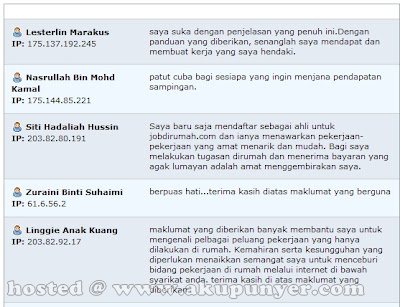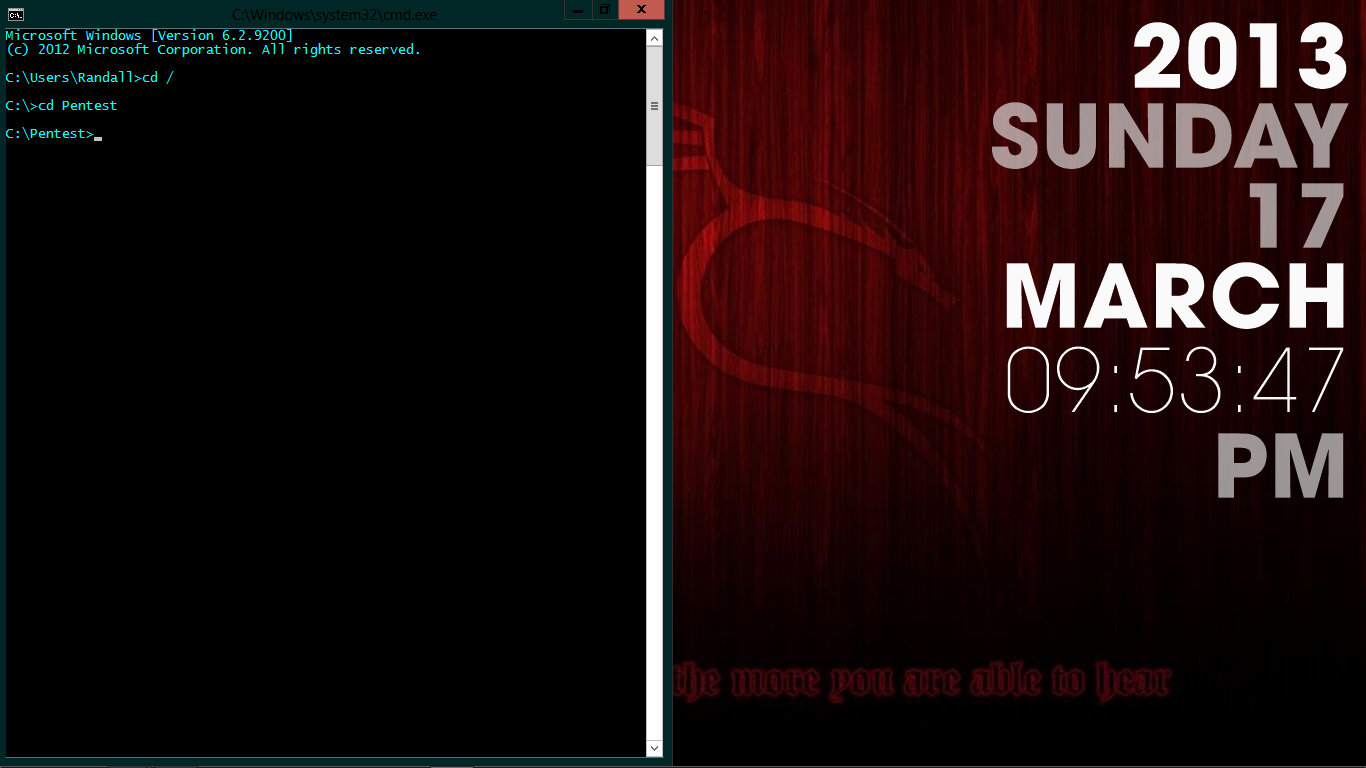<?php
class DbHandler {
private $conn;
function __construct() {
require_once dirname(__FILE__) . './DbConnect.php';
$db = new DbConnect();
$this->conn = $db->connect();
}
public function createUser($name, $email, $password) {
require_once 'PassHash.php';
$response = array();
if (!$this->isUserExists($email)) {
$password_hash = PassHash::hash($password);
$api_key = $this->generateApiKey();
$stmt = $this->conn->prepare("INSERT INTO users(name, email, password_hash, api_key, status) values(?, ?, ?, ?, 1)");
$stmt->bind_param("ssss", $name, $email, $password_hash, $api_key);
$result = $stmt->execute();
$stmt->close();
if ($result) {
return USER_CREATED_SUCCESSFULLY;
} else {
return USER_CREATE_FAILED;
}
} else {
return USER_ALREADY_EXISTED;
}
return $response;
}
public function checkLogin($email, $password) {
$stmt = $this->conn->prepare("SELECT password_hash FROM users WHERE email = ?");
$stmt->bind_param("s", $email);
$stmt->execute();
$stmt->bind_result($password_hash);
$stmt->store_result();
if ($stmt->num_rows > 0) {
$stmt->fetch();
$stmt->close();
if (PassHash::check_password($password_hash, $password)) {
return TRUE;
} else {
return FALSE;
}
} else {
$stmt->close();
return FALSE;
}
}
private function isUserExists($email) {
$stmt = $this->conn->prepare("SELECT id from users WHERE email = ?");
$stmt->bind_param("s", $email);
$stmt->execute();
$stmt->store_result();
$num_rows = $stmt->num_rows;
$stmt->close();
return $num_rows > 0;
}
public function getUserByEmail($email) {
$stmt = $this->conn->prepare("SELECT name, email, api_key, status, created_at FROM users WHERE email = ?");
$stmt->bind_param("s", $email);
if ($stmt->execute()) {
$user = $stmt->get_result()->fetch_assoc();
$stmt->close();
return $user;
} else {
return NULL;
}
}
public function getApiKeyById($user_id) {
$stmt = $this->conn->prepare("SELECT api_key FROM users WHERE id = ?");
$stmt->bind_param("i", $user_id);
if ($stmt->execute()) {
$api_key = $stmt->get_result()->fetch_assoc();
$stmt->close();
return $api_key;
} else {
return NULL;
}
}
public function getUserId($api_key) {
$stmt = $this->conn->prepare("SELECT id FROM users WHERE api_key = ?");
$stmt->bind_param("s", $api_key);
if ($stmt->execute()) {
$user_id = $stmt->get_result()->fetch_assoc();
$stmt->close();
return $user_id;
} else {
return NULL;
}
}
public function isValidApiKey($api_key) {
$stmt = $this->conn->prepare("SELECT id from users WHERE api_key = ?");
$stmt->bind_param("s", $api_key);
$stmt->execute();
$stmt->store_result();
$num_rows = $stmt->num_rows;
$stmt->close();
return $num_rows > 0;
}
private function generateApiKey() {
return md5(uniqid(rand(), true));
}
public function createTask($user_id, $task) {
$stmt = $this->conn->prepare("INSERT INTO tasks(task) VALUES(?)");
$stmt->bind_param("s", $task);
$result = $stmt->execute();
$stmt->close();
if ($result) {
$new_task_id = $this->conn->insert_id;
$res = $this->createUserTask($user_id, $new_task_id);
if ($res) {
return $new_task_id;
} else {
return NULL;
}
} else {
return NULL;
}
}
public function getTask($task_id, $user_id) {
$stmt = $this->conn->prepare("SELECT t.id, t.task, t.status, t.created_at from tasks t, user_tasks ut WHERE t.id = ? AND ut.task_id = t.id AND ut.user_id = ?");
$stmt->bind_param("ii", $task_id, $user_id);
if ($stmt->execute()) {
$task = $stmt->get_result()->fetch_assoc();
$stmt->close();
return $task;
} else {
return NULL;
}
}
public function getAllUserTasks($user_id) {
$stmt = $this->conn->prepare("SELECT t.* FROM tasks t, user_tasks ut WHERE t.id = ut.task_id AND ut.user_id = ?");
$stmt->bind_param("i", $user_id);
$stmt->execute();
$tasks = $stmt->get_result();
$stmt->close();
return $tasks;
}
public function updateTask($user_id, $task_id, $task, $status) {
$stmt = $this->conn->prepare("UPDATE tasks t, user_tasks ut set t.task = ?, t.status = ? WHERE t.id = ? AND t.id = ut.task_id AND ut.user_id = ?");
$stmt->bind_param("siii", $task, $status, $task_id, $user_id);
$stmt->execute();
$num_affected_rows = $stmt->affected_rows;
$stmt->close();
return $num_affected_rows > 0;
}
public function deleteTask($user_id, $task_id) {
$stmt = $this->conn->prepare("DELETE t FROM tasks t, user_tasks ut WHERE t.id = ? AND ut.task_id = t.id AND ut.user_id = ?");
$stmt->bind_param("ii", $task_id, $user_id);
$stmt->execute();
$num_affected_rows = $stmt->affected_rows;
$stmt->close();
return $num_affected_rows > 0;
}
public function createUserTask($user_id, $task_id) {
$stmt = $this->conn->prepare("INSERT INTO user_tasks(user_id, task_id) values(?, ?)");
$stmt->bind_param("ii", $user_id, $task_id);
$result = $stmt->execute();
$stmt->close();
return $result;
}
}
?>










